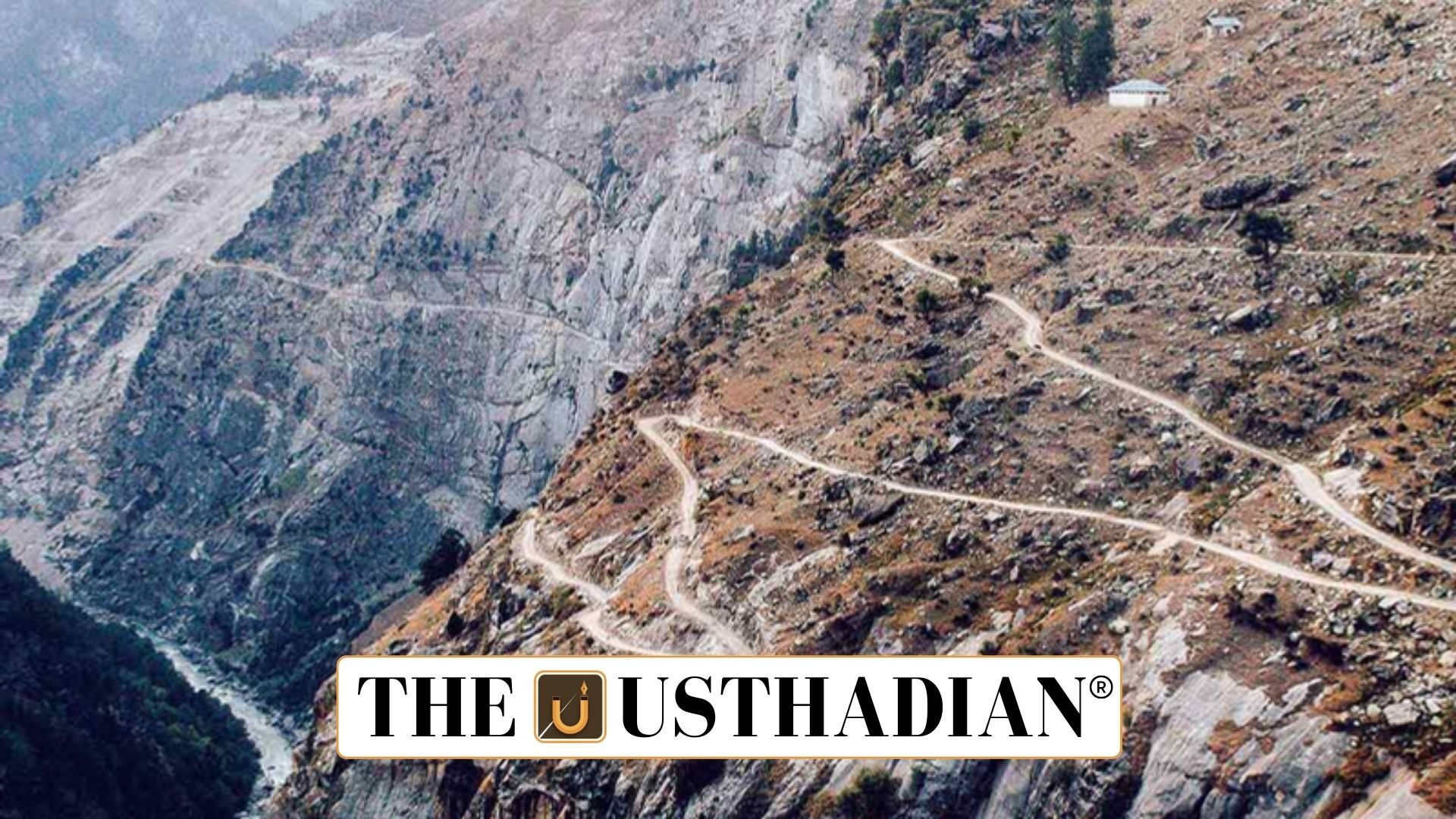Background on BESZ
Himalayan Road Risk in BESZ: The Bhagirathi Eco Sensitive Zone (BESZ) was officially notified by the Ministry of Environment, Forest and Climate Change (MoEF&CC) in 2012, covering 4,179.59 sq km from Gaumukh to Uttarkashi as a buffer under the Environment (Protection) Act, 1986. A 2018 amendment allowed limited land-use change for civic amenities and national security following environmental impact assessments.
Under the notification, the Uttarakhand government must prepare a Zonal Master Plan (ZMP) using a watershed approach, covering forests, wildlife, irrigation, tourism, public health, and road infrastructure.
Static GK fact: The Environment (Protection) Act, 1986 empowers the central government to restrict activities in sensitive zones—a statutory backbone for ESZs.
Panel’s Warning
A Supreme Court-appointed panel including geologist Navin Juyal and environmentalist Hemant Dhyani warned in August 2025 that the current Char Dham all-weather road widening design, especially the uniform 10-metre expansion, threatens to trigger disasters in the fragile Himalaya.
They highlighted that the August 5 Dharali flash flood, which devastated the village and washed away homes, matched predictions they had made earlier.
Their letter urged the adoption of their alternate DPR (detailed project report) submitted in October 2023, which proposes a flexible, disaster-resilient design minimising tree felling and slope disturbance.
Environmental Concerns
The flash flood in Dharali reignited concerns over the felling of over 6,000 deodar trees along a 10-km stretch within BESZ—a region highly prone to landslides and moraine instability. Experts stressed that removing forest cover in such zones exacerbates disaster vulnerability.
Locals accused authorities of ignoring repeated warnings and violating BESZ norms, leading to destruction that was “man-made, not natural.”
ZMP and Local Disapproval
Experts on Supreme Court and NGT-appointed panels rejected the approved ZMP, saying it lacked their consent, ignored local and women’s participation, and violated the core principles of the original BESZ notification.
They remarked that the final ZMP was a departmental compilation, failing to incorporate warnings on slope cutting, hydropower restrictions, and prohibition of land-use change in sensitive segments.
Conclusion
The BESZ safeguards a fragile Himalayan river corridor but has been undermined by infrastructure priorities. The panel’s warnings after Dharali’s destruction underscore the urgent need to align development with ecological stability, adopt alternative DPRs, and enforce stringent protections for BESZ.
Static Usthadian Current Affairs Table
Himalayan Road Risk in BESZ:
| Topic | Detail |
| BESZ Notification | Declared in 2012, amended in 2018 for limited civic and security use |
| Area Covered | 4,179.59 sq km from Gaumukh to Uttarkashi |
| Supreme Court Panel Warning | Current road plan could cause disasters like Dharali |
| Alternate DPR | Submitted Oct 2023 advocating flexible, slope-friendly design |
| Tree Felling | Over 6,000 deodar trees proposed to be cut in disaster-prone terrain |
| ZMP Criticism | Approved plan lacked expert and local consent, ignored slope hazards |








